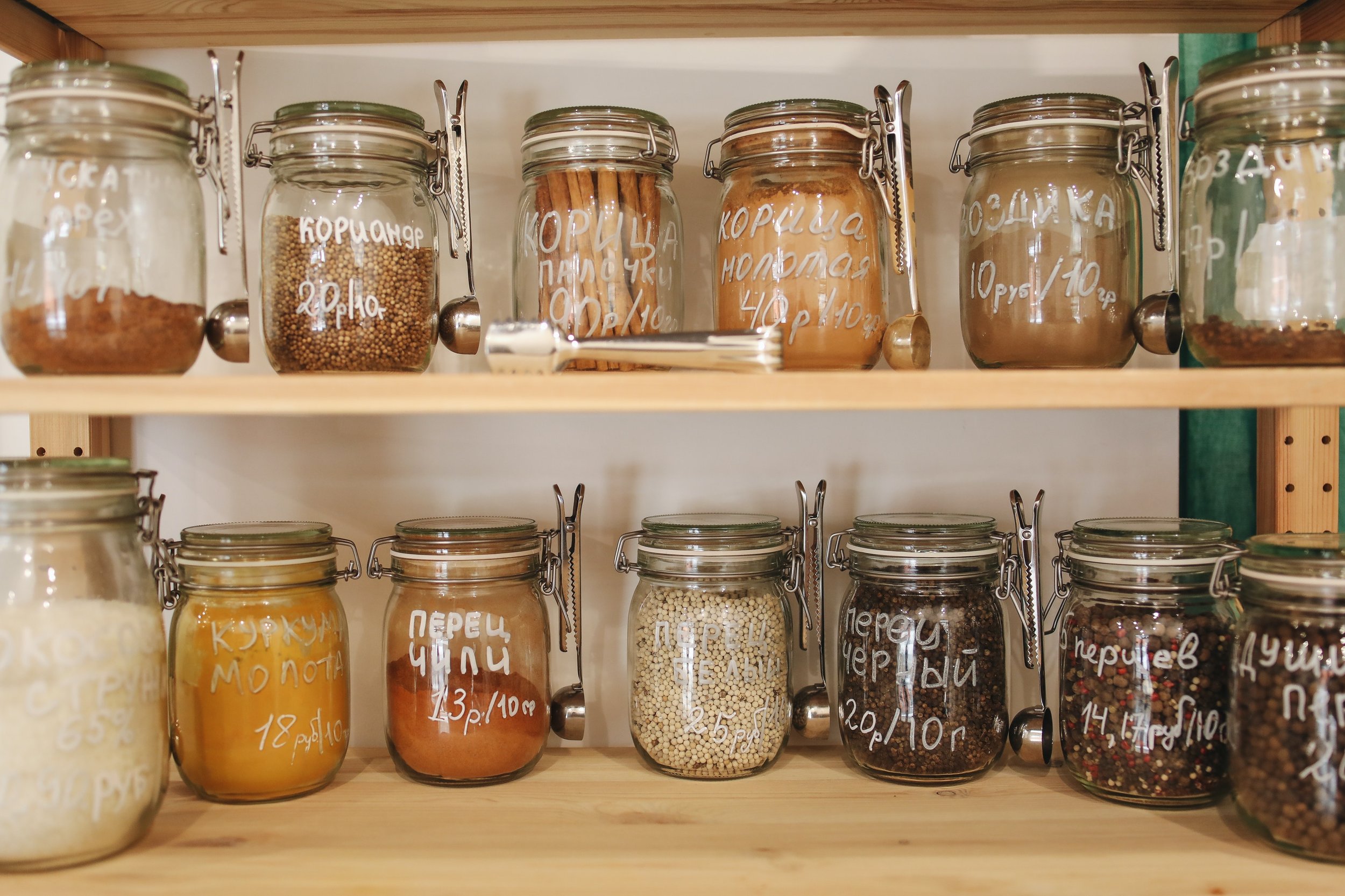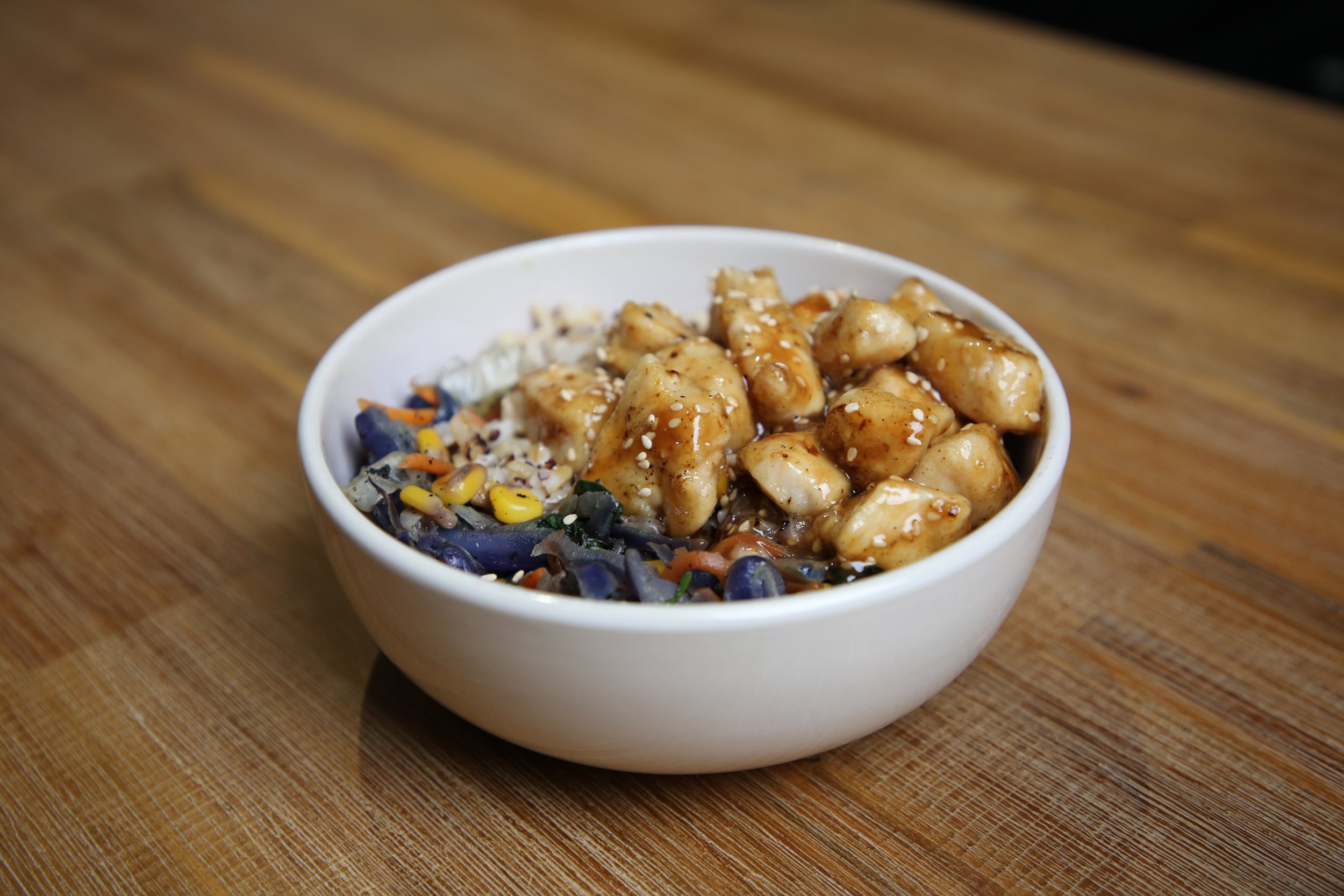Is plant-based milk healthier than cow’s milk?
Intuitively, plant-sourced milk is much lower in fat than cow’s milk, and health professionals often promote low-fat dairy for health — does it mean plant-based milks are healthier? In this blog, we will dive into cow’s milk and some popular plant-based milks to look closer at their nutritional value, associated health concerns and environmental impact from a dietitian’s perspective.
Why should we drink milk?
Milk or dairy is included in nutrition guidelines because it is rich in protein, vitamins and minerals, including B vitamins, fat-soluble vitamins (A, D and E), calcium, phosphorus, etc.
Of which, calcium is the one we often focus on, as there is only a limited amount of calcium in most people's diet. Calcium is an essential mineral to humans, as it helps optimise bone growth and maintenance, as well as slowing down bone deterioration. In addition to its benefits on bone health, calcium also play a vital role in muscle contraction (including our heart muscles), aid the delivery of nerve signals and releases hormones and other molecules to the body. Most people require about 1000mg calcium per day (equivalent to ~3 serves of dairy food a day), and that is higher in children, adolescent, elderly and women after menopause.
Cow’s milk and plant-based milk
As food technology advanced, we now have different choices for milk. Here are the nutrition breakdown of few of those options along with cow’s milk:
Note: Nutrition values are generic values used for comparison, please refer to specific product for more accurate nutrition information.
Cow’s milk
Being the only animal sourced milk here, cow’s milk is the only one that contains complete protein, which is easier to be utilised by human. Cow’s milk has a unique nutrition profile with well-rounded nutrients, as it is the milk to support calves’ growth and development. There are emerging evidence suggesting full-fat dairy might provide metabolic benefits (1). However, lower fat dairy is still recommended before more conclusive evidence is available, especially if you have heart conditions, high blood cholesterol, and other cardiovascular conditions.
Controversy
The first one is the use of hormone treatment in raising cows. While other countries may have this problem, hormone practice in agriculture is tightly prohibited in ANZ.
There is a debate that “cow’s milk is meant for calves, not for humans”, and supporters think we should consume calcium from other food sources. Dairy is indeed not the only food source with calcium, others include fishes (especially with bones), shellfishes, bean, lentil, nuts and seeds. But why does the current nutrition guidelines highlight the importance of having enough dairy for calcium intake? The recommendation is based on the result of a computerised food model which balance nutrition and our habitual diets. The result suggest there are other concerns regarding the consumption of enough calcium from other food sources, such as our being too different from our habitual diets, budget limitation, practicality, or health concerns due to over-consumption. If ethical issues is your concern, calcium-fortified plant based milk are good source of calcium.
Soy milk
Nutritionally, Calcium-fortified soy milk is one of the closest option to cow’s milk. It is relatively high in protein than other plant-based milk, and very low in saturated fat. Regular and lite soy milk are widely available at an affordable price, with a generally high palatability. The incomplete protein content of soy milk can be completed by incorporating it into a balanced and diverse diet (applies to all other plant-based milk). So it is an excellent plant-based alternative for cow’s milk.
Controversy
Soy products are high in phytoestrogens, which is a plant-source molecule that acts similarly as oestrogen (one of the female reproductive hormones) in human bodies. There is suspicion that soy consumption may lead to hormone-related health conditions, including breast cancer and men sexual hormone alteration. Study suggested that up to 132mg isoflavone (equivalent to 5.5L soy milk) has a protective effect against breast cancer in post-menopause women (2), and a recent meta-analysis highlighted dietary soy will likely not “feminise men” (3). However, it is an area where current science has not reach a common consent, but dietary soy intake (without soy supplementation) is not likely to pose any risk.
Almond milk
Almond milk is probably the health community’s favourite because of social media exposure and influencer marketing. According to the nutrition breakdown, almond milk is low in nutritional value for its price if we don’t look at the calcium content, which is artificially added. However, it can be used as a low calorie food source of calcium.
Oat milk
Oat milk has been promoted for its health benefit brought by beta-glucan. Beta-glucan is a soluble fibre found in oats which has been found to be beneficial for cholesterol regulation and blood sugar balance. However, due to extraction, oat milk is concentrated with carbohydrates, making it risky to consume for population that are pre-diabetic or living with diabetes.
Pea milk
Calcium-fortified pea milk is comparable with cow’s milk in macronutrients. It is still a niche product and generally less palatable, but it could grow to become a popular item due to its nutrition content among the health and fitness community.
Environmental concerns
Environmental consideration is one of the major reasons affecting milk choices. Dietitians are clearly not experts in environmental sustainability, but it is worth to briefly mention some of these topics.
As technology advances and we know more about feeding cows, per unit of milk produced by cows has a lower environmental impact than it has ever before (4). However, theoretically, environmental footprint of cow’s milk production will never be as low as plant-sourced milk. With that said, each plant-sourced milk has their own environmental concerns with the increasing popularity and research. Soy milk has some concerns regarding its massive land requirement and deforestation in the Amazon rainforest; almond milk has high water use and has been pointed out to be harmful for bees and hence the whole ecosystem; oat milk seems to be the kindest to the planet but some concern about pesticides use on oats; peas used to produce quality milk require extensive long logistics, which may have a significant impact on the planet.
What do we think?
There is no one product with perfect nutrition. As long as you have a well-balanced diet containing adequate nutrient content, there is no one milk that is superior than the others.
Key messages
Dairy (and its alternatives) is an important food group which provides essential nutrients and it is the main source of calcium.
Calcium aim for plant-based milk: 120mg calcium per 100mL or 300mg per cup (250mL).
Cow’s milk contains complete protein, naturally high in calcium, and other vitamins. It is recommended to opt for reduced fat or skim option when you can.
Soy milk and pea milk have similar nutrition composition as cow’s milk, however, pea milk is generally less palatable.
Almond milk is naturally low in calorie, but also low in other nutrients.
Oat milk is not recommended for people with pre-diabetes, diabetes or high risk of diabetes.
No product is perfect, it is important to have a well-balanced diet.
References
Lordan R., Tsoupras A., Mitra B., Zabetakis I. Dairy fats and cardiovascular disease: do we really need to be concerned? Foods.2018;7(3):29.
Xu X., Duncan A.M., Wangen K.E., Kurzer M.S. Soy consumption alters endogenous oestrogen metabolism in postmenopausal women. Cancer Epidemiol. Biomark. Prev. 2000;9(8):781-6.
Reed K.E., Camargo J., Hamilton-Reeves J., Kurzer M., Messina M. Neither soy nor isoflavone intake affects male reproductive hormones: An expanded and updated meta-analysis of clinical studies. Reprod Toxicol. 2021;100:60-67.
Clear Center, UC Davis. How dairy milk has improved its environmental and climate impact. Clear Center, UC Davis; 2021 [updated 04 Aug 2021]. Available from: https://clear.ucdavis.edu/explainers/how-dairy-milk-has-improved-its-environmental-and-climate-impact









































